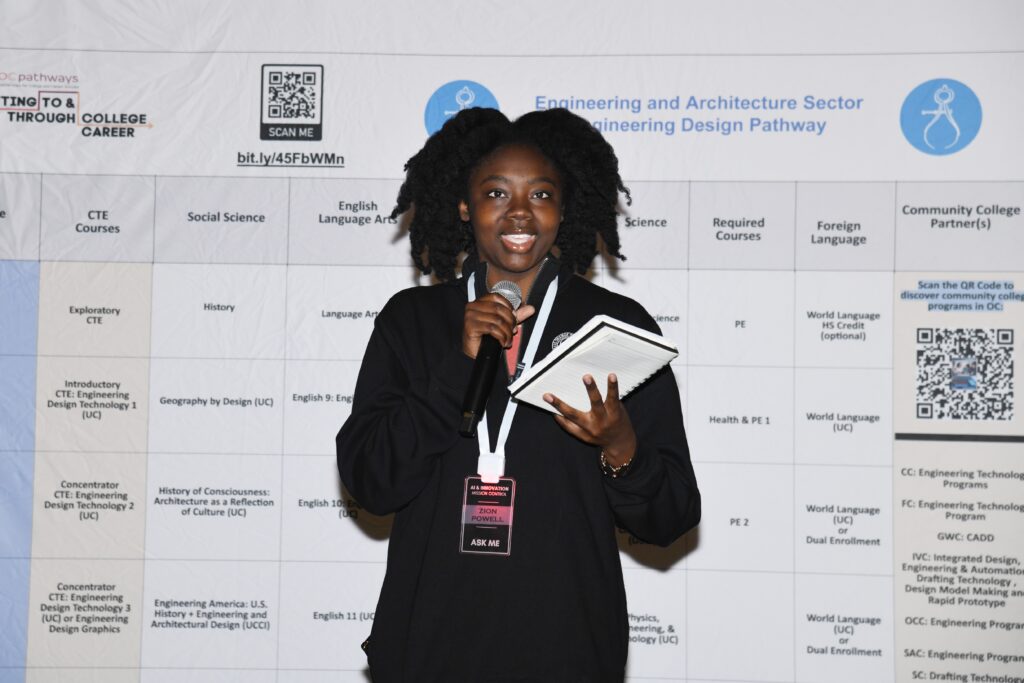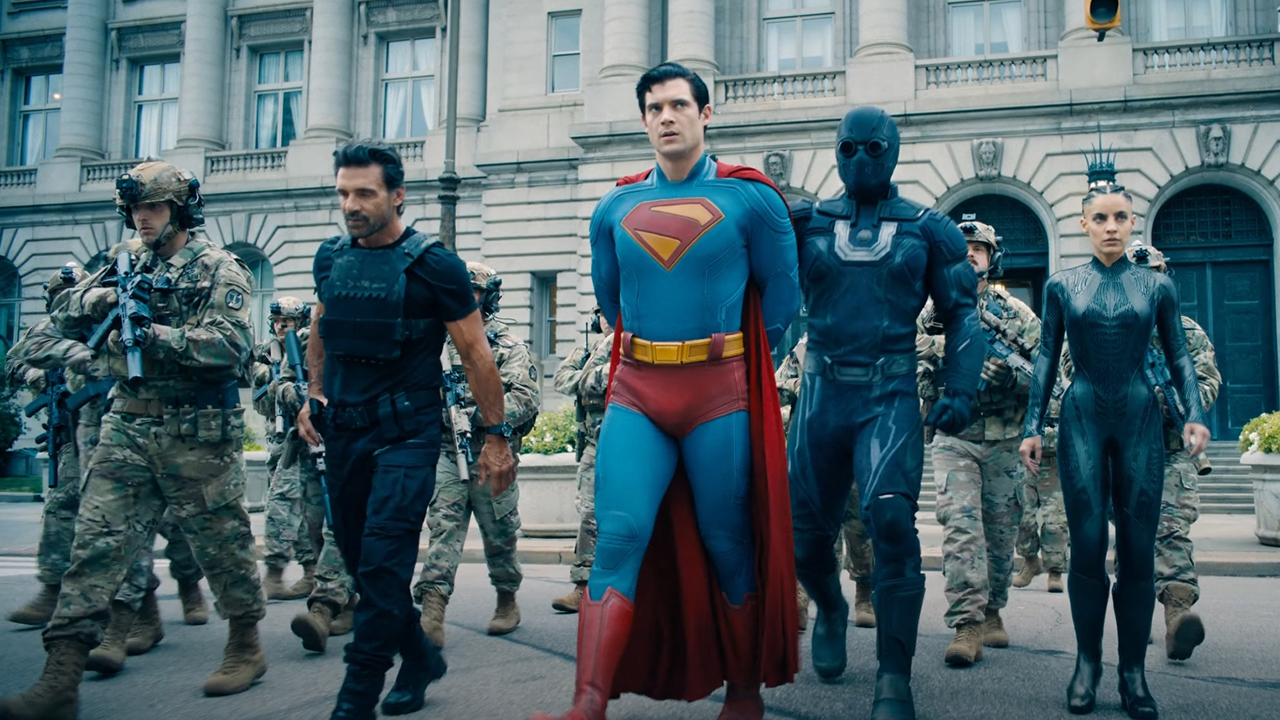No Words Wasted: How AI and Voice Tech Are Elevating Learning Moments
"Orange County's 'No Words Wasted' initiative uses AI to amplify student and educator voices, ensuring every insight is captured and celebrated." The post No Words Wasted: How AI and Voice Tech Are Elevating Learning Moments appeared first on Getting Smart.

By: Wes Kriesel
In education, we often lose the magic of the moment. A great student idea spoken aloud, an inspiring thought shared during a partner turn-and-talk, or a powerful insight in a staff breakout can disappear, undocumented and uncelebrated. At the Orange County Department of Education, we’re asking: What if those words weren’t lost
Welcome to No Words Wasted—our initiative to elevate voice in education using participatory planning, AI-powered transcription, and voice recording tools.
This work is rooted in a few big beliefs:
- Every student has value.
- Every voice is data.
- AI can support equity by preserving and amplifying what learners contribute.
Real Student Voice, Real Impact
At our inaugural countywide Student AI Convening in 2024, we opened with a student-led keynote featuring an interactive element: each student submitted one word through Slido.com answering the question, “What does a joyful future with AI feel like?” (Reminds me of the Getting Smart article on co-designing civic learning that shared the question “A vibrant democracy is…”) Our student facilitators then entered these submissions into ChatGPT, requesting a story that incorporated all the feelings expressed. The keynote speakers brought this collaborative creation to life by reading it aloud on stage—a presentation created with them, by them, and for their peers. Every student in the hotel ballroom listened attentively as they heard their own contributions woven into the tale that filled the conference space.

Another example comes from a sixth-grade classroom in Westminster School District. Inspired by a high school student across the county who taught himself to read and write through anime storytelling using ChatGPT, we co-designed a literacy activity where sixth-graders used ChatGPT Voice Mode to build characters. The process began with the original student’s effective prompt: “ChatGPT, ask me 10 yes/no questions about my character.” This technique shifts the burden of generating questions to ChatGPT while preserving students’ creative agency in defining their protagonists. With this foundation, each student vocalized their ideas, developed narratives, gained storytelling confidence, and deeply enhanced their literacy skills—using AI as a personal trainer for their narrative abilities.
Adults Need It Too
This isn’t just for kids. In our monthly OC AI Forward network sessions with school and district leaders, we model what it looks like to record small-group partner discussions. Participants airdrop or email their voice memos, and we upload them to NotebookLM and a create podcast-style recap. Gallery walk chart papers get photographed, and then transcribed and analyzed by AI, preserving every sticky note and scribbled insight.
Virginia Rieschl, Language and Literacy Coordinator at OCDE, shares how she’s applied this protocol: “I model how easy it is to use AI to capture the energy and ideas in the room—whether it’s transcribing powerful conversations or snapping a photo of a brilliant chart. Then, AI helps turn that into something shareable and actionable, so the learning doesn’t end when the session does. It’s all about making sure great ideas don’t get lost and that follow-through feels doable.”
We model this intentionally—because if educators experience the power of this approach themselves, they’re more likely to bring it to students.
From Heuristic to Habit
This participatory, voice-centered planning creates, in a moment, a powerful heuristic: a guiding mental model for how we design learning. It assumes every participant has value and that listening, capturing, and using their contributions is fundamental to equity.
My own journey started with a commitment to conduct 100 conversations in 100 days when I stepped into my current role as Administrator of AI and Innovation. Every voice memo was transcribed and analyzed for insight as well as for tone, values, and personality. That simple practice taught me: we waste too many words in education. We don’t have to.
Kunal’s Kickoff: A Poem of Names
My colleague Kunal Dalal starts many of our AI sessions with a participatory, joyful use of ChatGPT. He asks each table of participants to pick a team name in 8 seconds. Then, using ChatGPT’s voice mode, he explains: “Each table has a name. Please ask for the name, repeat it, and move to the next.” After this process, he prompts: “Now write an uplifting poem that includes every table name and imagines the teams working together.” It’s inclusive. It’s fast. And it’s delightful.
From the very first second, we’re not just talking about AI. We’re using it. And that matters.
The Ethic
We always tell participants when we’re recording. The goal is not a gotcha and these recordings aren’t official records. We are harvesting sparks of ideas and capturing co-designed moments.
In short: this is our approach to leadership, learning, and innovation.
No words wasted. No voices ignored. Every insight elevated.
The post No Words Wasted: How AI and Voice Tech Are Elevating Learning Moments appeared first on Getting Smart.



















![[DEALS] The 2025 Ultimate GenAI Masterclass Bundle (87% off) & Other Deals Up To 98% Off – Offers End Soon!](https://www.javacodegeeks.com/wp-content/uploads/2012/12/jcg-logo.jpg)



-Olekcii_Mach_Alamy.jpg?width=1280&auto=webp&quality=80&disable=upscale#)























![Air Traffic Controller Claps Back At United CEO Scott Kirby: ‘You’re The Problem At Newark’ [Roundup]](https://viewfromthewing.com/wp-content/uploads/2025/05/scott-kirby-on-stage.jpg?#)

































